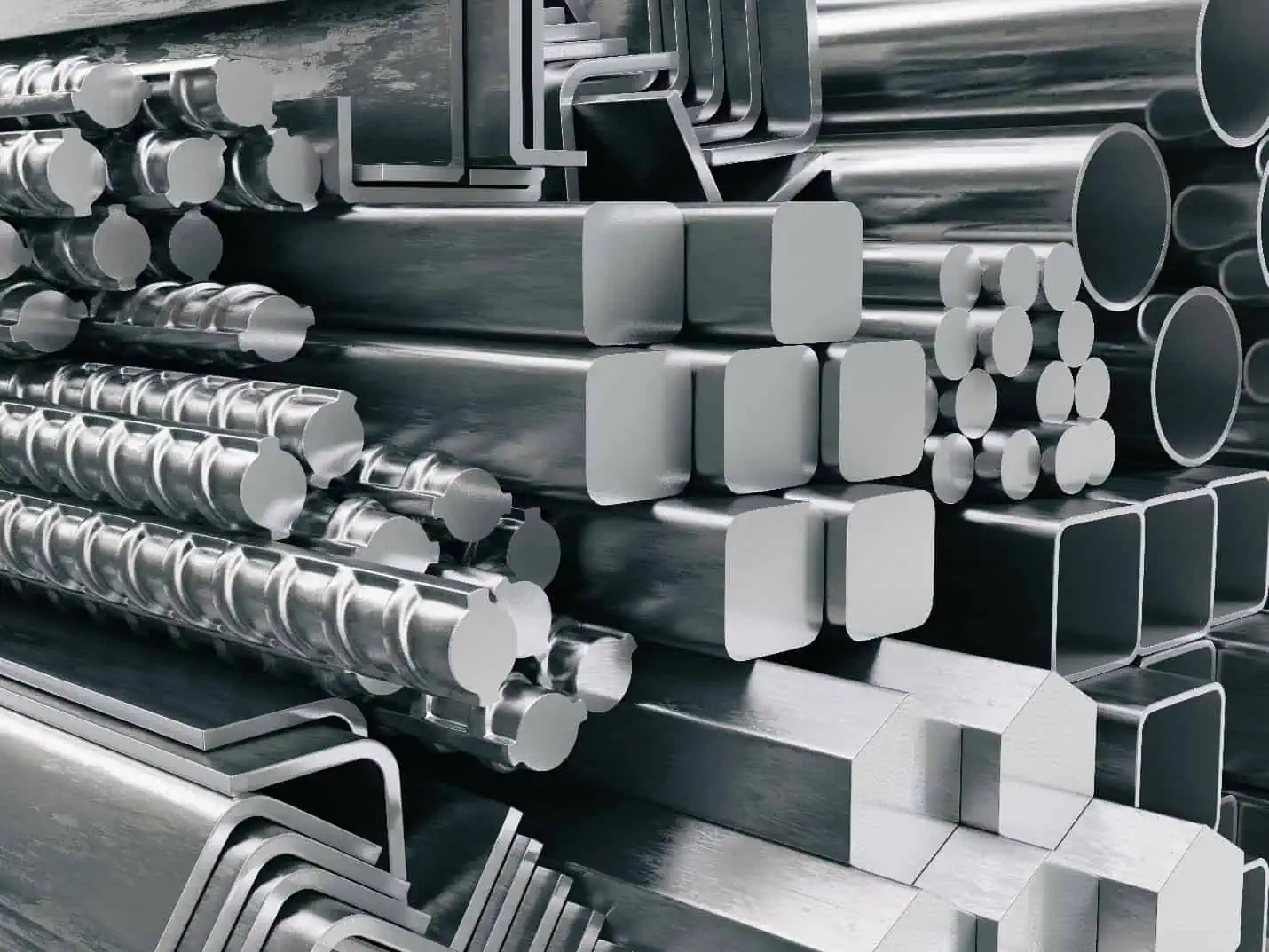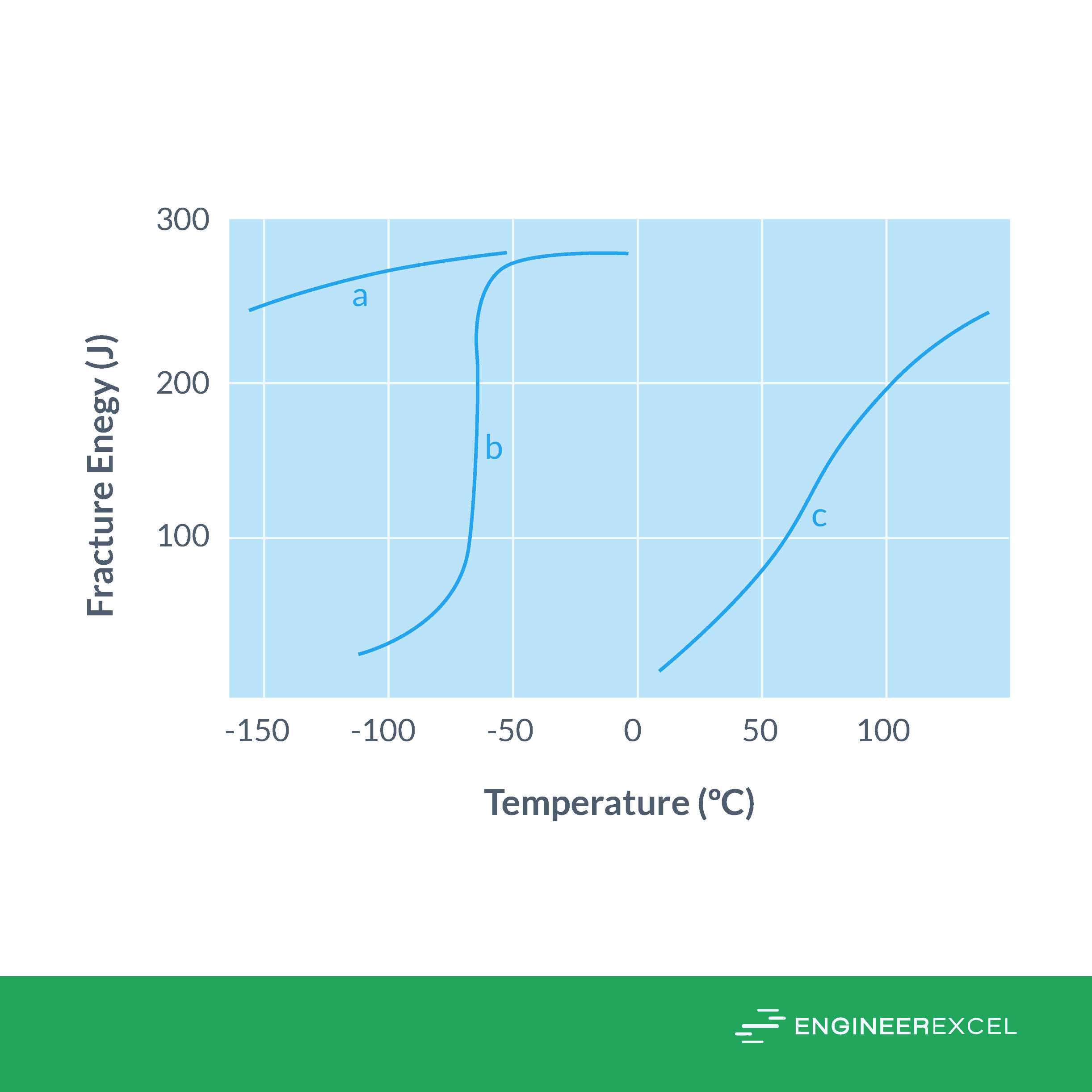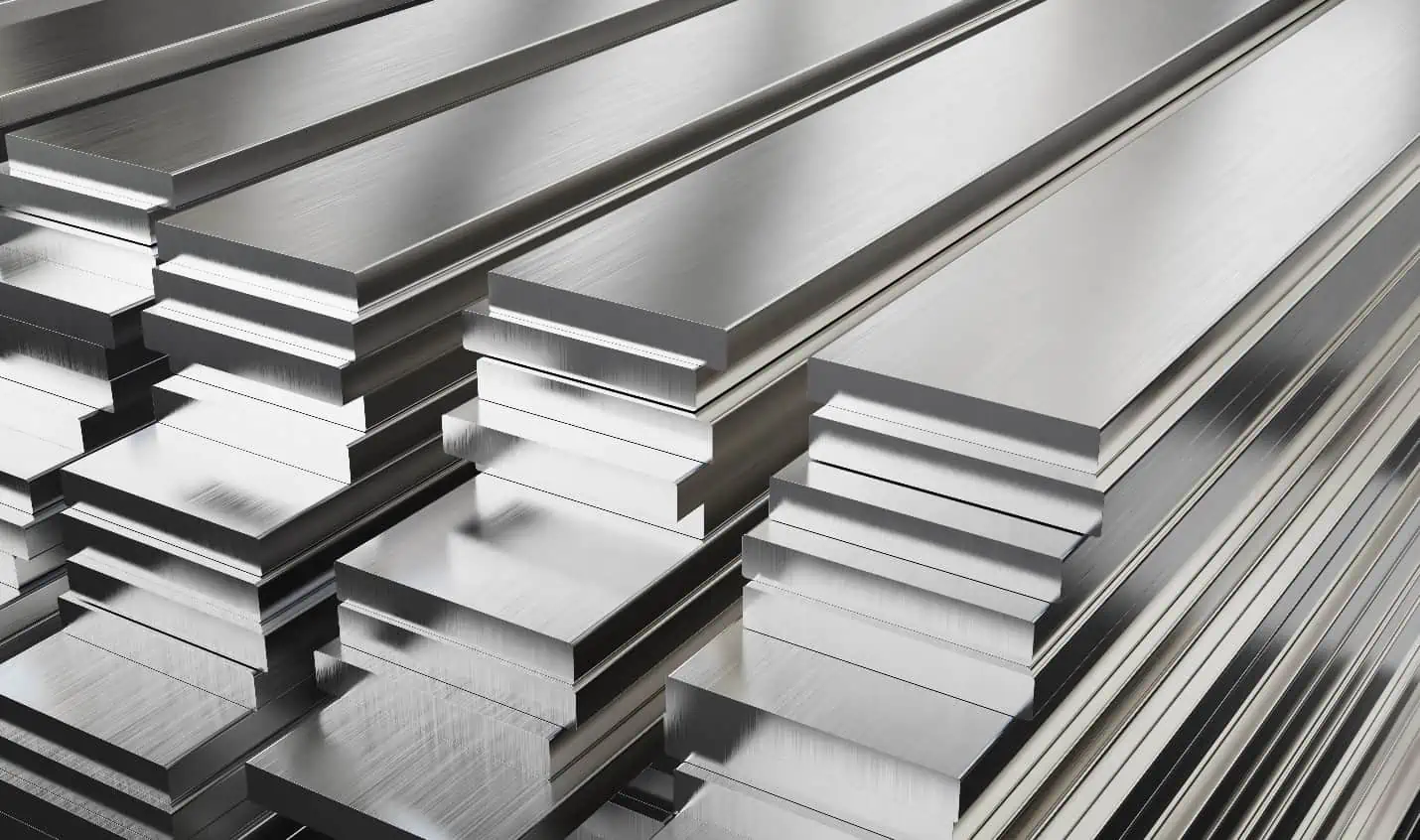Stainless steels are a group of low-carbon iron-based alloys known for their resistance to corrosion. All in all, there are over 60 grades of stainless steels which can be classified into five families according to crystalline structure: austenite, ferrite, martensite, duplex, and precipitation hardening.

This article focuses on the most common grade which is the 18/8 stainless steel— a type of austenitic steel that is widely used in various applications such as wastewater treatment, restaurant and catering equipment, medical use, and transportation industries.
18/8 Stainless Steel Composition
18/8 stainless steel is named in reference to its 18% chromium and 8% nickel approximate content. However, aside from these two, it may also contain traces of carbon, nitrogen, molybdenum, manganese, silicon, sulfur, phosphorus, and copper in different amounts, depending on the intended application.
The name “18/8” was popularly used by many steel companies to refer to this kind of steel before the standards for classifying wrought stainless steel were developed. When the AISI/SAE steel numbering system was established, 18/8 started to become closely associated with Type 304 stainless steel— the most commonly used type among all 300 series stainless steels, especially in the cookware industry.

Elevate Your Engineering With Excel
Advance in Excel with engineering-focused training that equips you with the skills to streamline projects and accelerate your career.

However, it should be noted that the term “18/8” only specifies the approximate amounts of chromium and nickel content. It does not indicate the amounts of other components which may not necessarily meet the requirements to certify as Type 304. Hence, it can be said that Type 304 is only a subset of 18/8 stainless steel.
In other applications, like fasteners, 18/8 can generally refer to any 300 series that shares the same 18% chromium and 8% nickel composition. This includes other grades like AISI 302 and 305, among others.
The chemical composition (weight percent) of the most common 18/8 variations among the 300 series stainless steels are listed in the table below:
These compositions are normally tweaked according to the intended use and preference of a steel manufacturer. For example, applications that require lower work hardening normally require relatively high nickel content. Furthermore, applications that require gas tungsten arc welding require high sulfur content.
The table above indicates the maximum limits to how much these levels can be tweaked. Particularly in the amounts of chromium and nickel, austenite stability can only be achieved within the range between 16%Cr-6%Ni and 19%Cr-12%Ni.
18/8 Stainless Steel Quality
Its excellent mechanical properties and predictable performance against corrosion make 18/8 the most widely used type of stainless steel in the market. In general, it is corrosion-resistant, non-magnetic, heat-resistant, formable, and less electrically and thermally conductive than carbon steel.

Anti-Corrosion Properties
18/8 stainless steel’s anti-corrosion ability is made possible primarily by its high chromium content and traces of silicon, aluminum, and nitrogen. As chromium interacts with oxygen from the air, it forms a rough chromium oxide layer on the surface which protects the steel from corrosion. Even if this layer is damaged in any way, it can regenerate as long as there is a presence of oxygen.
That is not to say it can resist corrosion in any type of environment. Although it can withstand the corrosive attack of the usual everyday indoor and outdoor environments, this is not true for environments with a high presence of chlorides. This is why it is normally not a good choice for marine applications.
However, some 18/8 variants tend to be more resistant than others depending on the type of corrosion. For example, in welding applications, stainless steel 304L grade offers more resistance to intergranular corrosion as it contains less carbon.
Hence, during material selection, it is important to consider the environment where the stainless steel will be used. Note that it is not necessarily required for a material to be completely free from corrosion in order to be selected. Especially in high-temperature applications where creep and oxidation are almost inevitable, materials are normally selected for sufficient, but finite, service life.
Strength And Machinability
18/8 stainless steel is strong, weldable, ductile, and easy to fabricate. In addition, it can be polished to have attractive and useful surface finishes, which is why it is the most popular type of stainless steel used in a wide range of applications.
With a yield strength of about 200 MPa, it can be made soft enough to be easily formed into different shapes, but it can also be made very tough up to yield strengths of over 2000 MPa via cold working, depending on the application.
One of its interesting features is that it cannot be hardened by heat treatment; instead, it must be cold-worked to increase strength. As shown in the diagram below, unlike duplex and ferritic stainless steels, austenitic stainless steels do not have a transition temperature— that is, the temperature at which the impact strength dramatically increases. This ability to retain strength amid temperature changes makes them suitable for cryogenics as well as for extremely high-temperature applications.

However, one disadvantage of 18/8 stainless steel is that its endurance limit, which is equal to about 30% of its tensile strength, is lower than that of ferritic steel, which has an endurance limit equal to 50-60% of its tensile strength. This makes 18/8 stainless steel more vulnerable to thermal fatigue.
The deformation of an 18/8 stainless steel is normally considered fully elastic at less than half the yield strength. In general, it only produces considerable plastic deformation beyond two-thirds of the yield strength.
Magnetic Properties
In its raw austenitic form, 18/8 stainless steel is considered non-magnetic because of its face-centered cubic (FCC) crystallographic structure whose rotation of electrons is unable to align in a consistent direction, thereby canceling out any net magnetic moment.
However, it can become magnetic as the microstructure of some of its portions is partially changed from austenite to ferrite via cold-working.
Food Grade
18/8 stainless steel, particularly Type 304, is a food-grade metal that doesn’t need to be processed further to make it food-safe. Because of its ability to resist the corrosive acids found in fruits, vegetables, meats, and other food products, it is the material specified the majority of the time in the food industry.

It can be used in a variety of cookware and kitchen products like sinks, coffee urns, stoves, refrigerators, food utensils, pots, pans, and flatware. It is also used in food manufacturing such as in milk containers, sterilizers, and tanks in the dairy industry; pipelines, yeast pans, and fermentation vats in the brewing industry; and all metal equipment exposed to animal and vegetable fats and acids.
Although some studies show that there is a possibility of nickel and chromium leaching in stainless-steel cookware— for example, Kamerud et al.’s study where it was found that there was an average of 88 micrograms of nickel and 86 micrograms of chromium leached per 126 grams of tomato sauce— this amount is far below the considered toxic dose of nickel which is at 0.5 grams. In general, 18/8 stainless steel is safe to use in virtually all types of cooking and food applications.
Physical Properties
The other physical properties of 18/8 stainless steel are summarized in the table below:
Note that these properties are only approximations. These values may vary depending on specific grade and material composition.
Applications of 18/8 Stainless Steel
As explained, 18/8 stainless steel is the most commonly used stainless steel used across many industries. If not for the cost of nickel used to stabilize the austenitic structure, it would even be more popular than it is at the moment. Its face-centered cubic crystallographic structure is incredibly tough and ductile even at extremely low temperatures, and its strength does not decrease as rapidly as ferrites at elevated temperatures.
These features, together with its excellent anti-corrosion properties, make 18/8 stainless steels suitable for diverse applications such as cryogenics, food and kitchen equipment, truck bodies, wheel covers, storage tanks and vessels, pressure pipes, and exhaust manifolds, among others. However, they are not recommended for marine applications since chlorides, such as salt, make them susceptible to localized corrosion.
